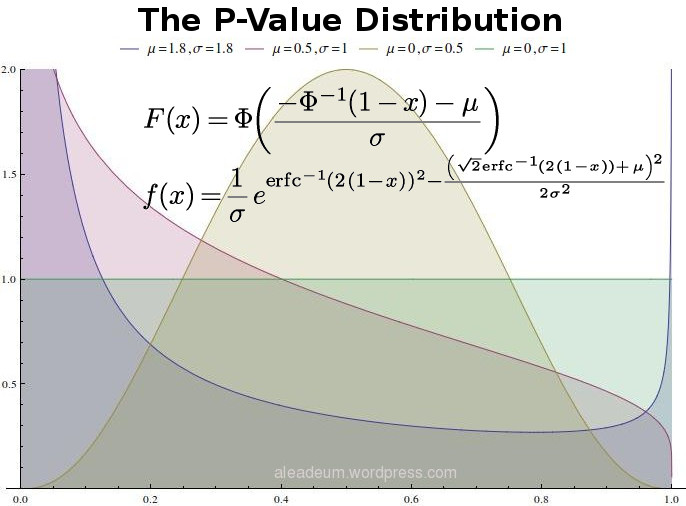I find the use of statistics in the justice system a thrilling subject, specially so when you find out that some persons like Lucia de Berk have been handed life sentences based solely on flaw statistics coming from experts like Mr. Henk Elffers. So I’ll talk in this post about what he did wrong and how to avoid this kind of huge boo-boo in our statistical lives.

The use of statistics in the justice system has actually a long history, the amazing mathematician / engineer / physicist / philosopher of science Henri Poincaré already had to correct the misuse of statistics in the infamous Dreyfus trial.
But it was in the Lucia de Berk trial where combining p-values wrongly handed her a life sentence. I won’t go into the details of the trial, for that there are many other places like Mr. Richard D. Gill web page account of the trial and a video worth to have a look to. Instead I will focus on how to appropriately deal with a bunch of p-values to make sense of our data. Continue reading

 So this is my take; 15.33% rate of false positive with a worse case scenario of 41.75% depending on how mischievous researchers are but, in any case, and contrary to what others authors claim, most medical research seems to be true.
So this is my take; 15.33% rate of false positive with a worse case scenario of 41.75% depending on how mischievous researchers are but, in any case, and contrary to what others authors claim, most medical research seems to be true.